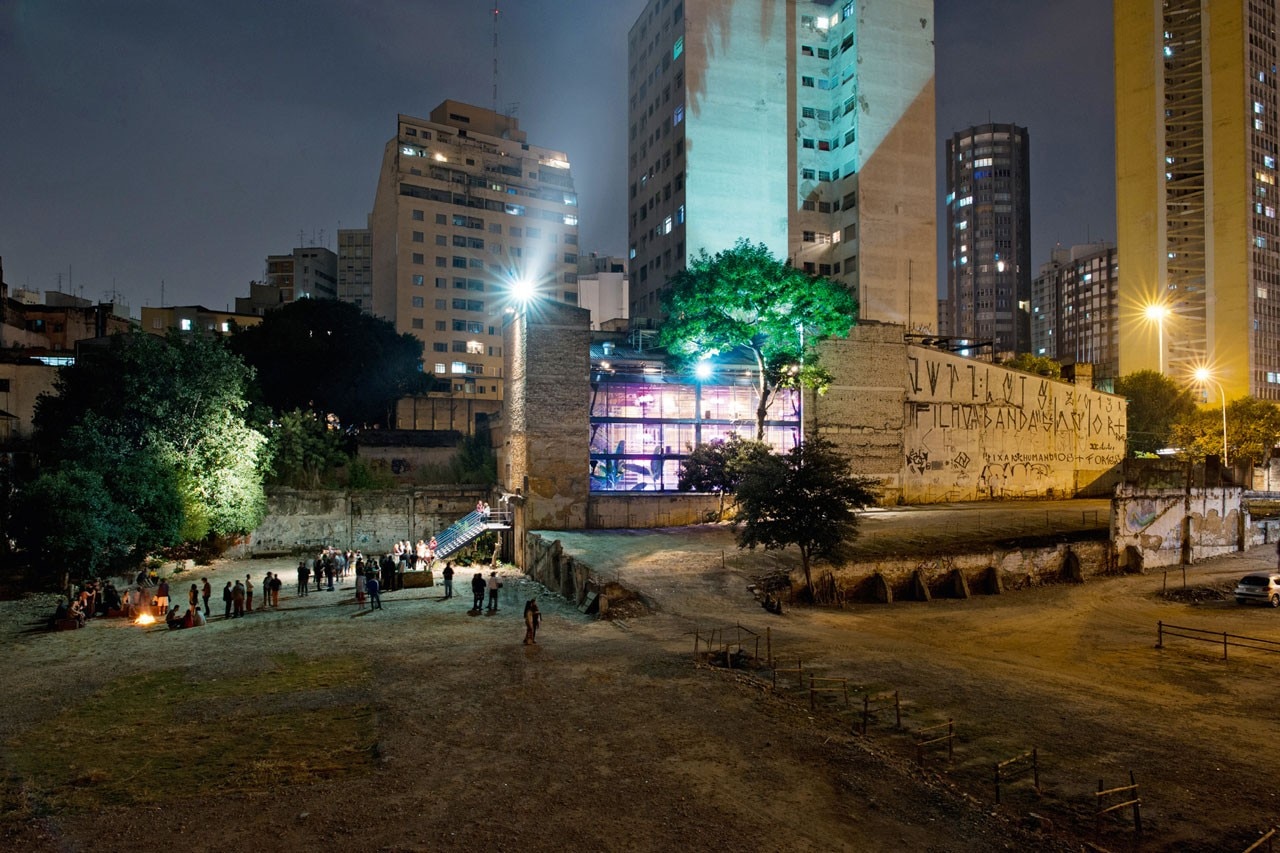




When Lina went back to Saõ Paulo to work after the military coup, she continued pouring her energy into a number of exhibitions and initiatives that she saw as political-ideological actions verging on social condemnation. When the dictatorship came to an end in 1985, Lina completed what was, perhaps, the most extraordinary work of her career, the SESC Pompéia factory (1977-1986; nothing more formidable than a visit to the two in situ exhibitions, complete with catalogue and videos), a disused industrial site turned into a place of culture, social gathering and sport.
Called back to Salvador by Gilberto Gil in the new guise of president of the Gregorio de Mattos Foundation, among others things she created the interior of the Casa do Benin, a museum-cultural centre given over to the history of slavery – under specific instructions to produce a place that would annoy the predominant Eurocentrism, along with French-born ethnographer Pierre Verger. By elevating and thematizing the intrinsic elsewhere peculiar to the Western museum, this project was brought to completion, across the Ocean, with the Maison du Bresil at Ouidah in Benin.


Vanità Living: The Mirror Revolution at Salone del Mobile
Vanità Living unveils "Ercole" and "Flirt" at Salone del Mobile 2025, innovative mirrors for personalized lighting based on “Ghost Mirror” technology. The Aviano company, focused on sustainability and safety, reaffirms its leadership in the design furniture sector.
















